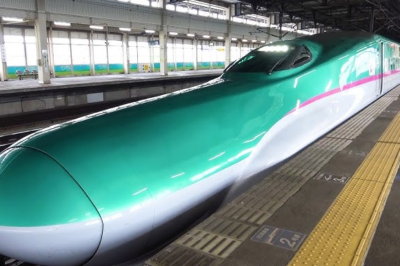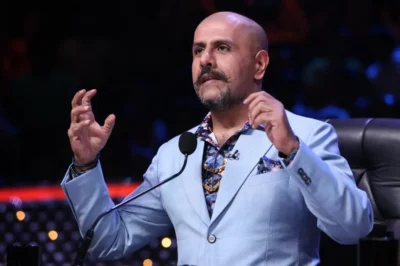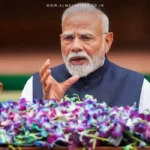
Key Points:
- India’s Mumbai-Ahmedabad High-Speed Rail (MAHSR) project shifts to a Make-in-India approach, awarding contracts to BEML-Medha Servo Drives instead of importing Shinkansen trains from Japan.
- Stalled negotiations with Japan over high costs, prolonged timelines, and changes in project norms, including increasing elevated track sections, prompted this shift.
- Japan International Cooperation Agency (JICA) continues to fund the project but is renegotiating loan terms amidst modifications.
Why Did Negotiations with Japan Fail?
- Cost Concerns:
- Shinkansen train costs rose to ₹460 crore per trainset, considered “inflated” by Indian authorities.
- Maintenance required by Japanese firms would further escalate costs.
- Technical Changes:
- Elevated track length increased from 144 km to nearly 90% of the total route due to land acquisition issues.
- Japan opposed this change, citing time consumption and safety risks.
- Timeline Delays:
- Prototype production and testing by Japan would take nearly three years, pushing project completion to 2027, while India targets a 2026 launch.
Current Status of the MAHSR Project
- Progress:
- Physical progress: 57.4% (target: 61.1%).
- Financial progress: ₹76,635.49 crore spent (63.45% of total cost).
- Indian Developments:
- BEML-Medha Servo Drives to manufacture high-speed trains domestically, costing ₹200-₹250 crore per trainset.
- First operational route planned between Surat and Bilimora by mid-2026.
- Challenges:
- Land acquisition delays, primarily in Maharashtra.
- Rising project costs from ₹1.08 lakh crore to ₹1.1 lakh crore.
Broader Implications
India’s pivot to indigenous train manufacturing reflects a strategic effort to reduce dependency on foreign vendors, control costs, and meet deadlines. However, the shift highlights tensions in international collaborations and the challenges of balancing cost-efficiency with ambitious infrastructure goals.
Would this approach impact India’s relationship with Japan, or set a precedent for future high-speed rail projects?









































Leave a Reply